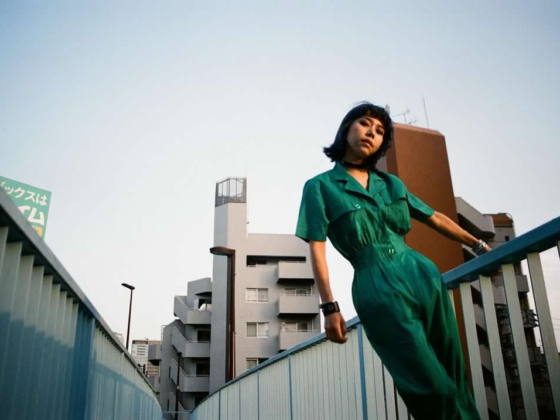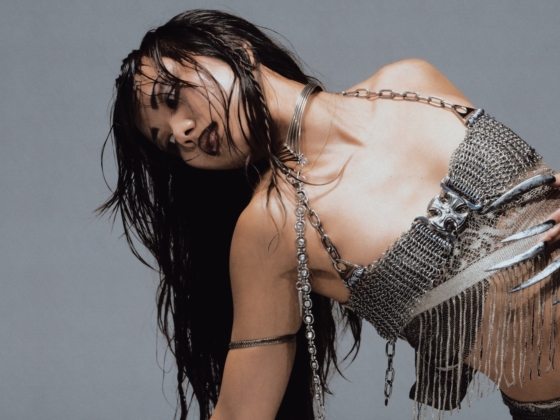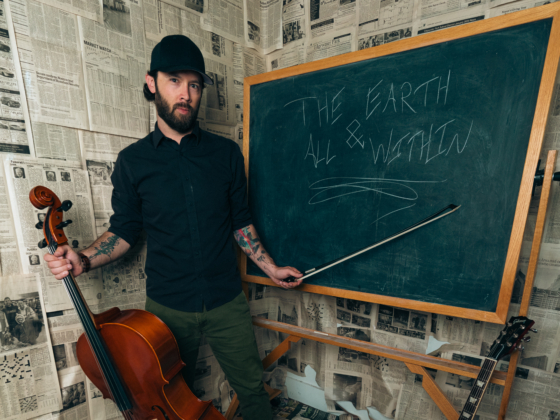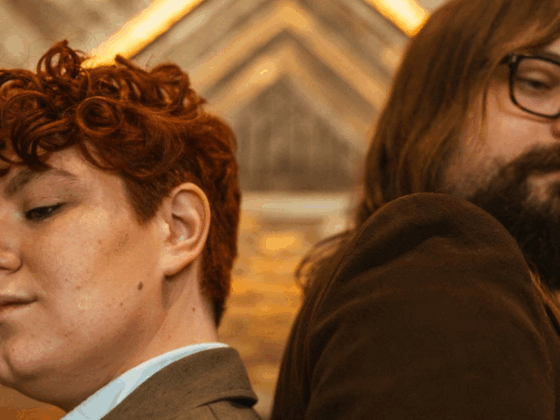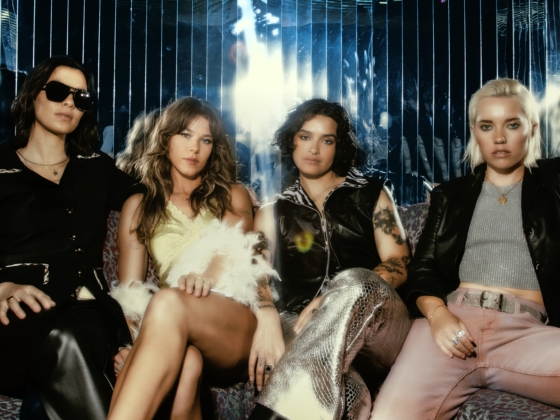My name is Elijah Amant and I am the founder of Thrift Soul and one half of the artist duo Drull. When I initially started working in the music industry there was a lot that I didn’t know about, and I couldn’t seem to find a straight answer anywhere. After eight years of working in the industry under different aliases and for various companies, I wanted to share my knowledge with as many artists as I could. So I decided to start a series of articles.
It’s extremely important to brand yourself as an artist, especially with the current state of the industry. If you don’t stand out, you will fall into a metaphorical pile of artistic mush. That is of course, if you wish to pursue this industry on a professional level. Since visual branding plays such a crucial role in building your work as an artist, I thought that I would give Paul Devro a call. Paul is the creative director at Mad Decent, and label manager for Jeffrees. This interview will give an inside peak at one of the most influential labels in dance music, but the lesson applies to all genres.
Elijah: So Paul, I want to start out by asking you a bit about the shift in visual artwork with Jeffrees over the past few years. Initially you had said in one of your interviews that you yourself had been doing all of the artwork. Are you as involved in the artwork as you had been since the success with Jeffrees?
Paul Devro: It matters with who, and what we envision after we have the releases done. It has always been a collaborative process with the artists and their management and me, but now we have an art director, Mike Jones. He will sometimes reach out to other people. He is the guy who does all of the Block Party art, those cartoons with the letters and stuff. I don’t know if you are familiar with that.
E: I am actually and was going to ask since in the same interview you had mentioned your and Diplo’s interest in psychedelic 70’s rock, and some of the earlier lettering, I guess back before you hired the new art director, seemed reminiscent of that. I wanted to ask if that had any influence on you guys?
PD: Diplo and I first met on a crate digger site in the early 2000’s so we are definitely influenced by older record art. I did a couple covers based on LP covers. I took some psychedelic covers and flipped them a little bit. I forget which Diplo mix it was but there was a kid sitting in a field, and that was from an old psychedelic record and there are a couple more that I did like the Jahan Lennon cover was from an old book. When we started Jeffree’s we had no money to put into anything so i did a lot of covers myself with the lack of graphic design that i knew. Now we are way more legit, so getting someone else to handle it and do more original stuff is really key and guess more legal, hahaha. Our initial idea was to have the Jeffree Manatee on each cover but artists started to really want to have something different on their releases than some aquatic mammal waiter.
E: That’s really cool. I personally don’t see anything wrong with a walrus who serves food. To each their own. I think a lot of artists struggle with branding, and that is something that you guys really have down. With the newer releases, for instance the “Unlike Pluto and Kickraux” release, that had 2D meets 3D sort of vapor-wave cover to it.
As an example of their older visual work through Jeffrees, be sure to check out Jahan Lennon's "About That Life" and then compare it to one of their newer releases: Unlike Pluto & Kickraux – "Palace": both are different in style and have a consistent colorful tone to them. Pink and yellow stand out as the chosen palette tones. Not all of their artwork fit that exact color scheme, but the artwork isn’t something they take lightly. Although Mad Decent & Jeffrees have expanded in style visually they have kept a consistency that remains as a crucial component equal to that of the music.
PD: Yeah, Alfred killed that cover he knocked it out in a few hours with the help of Mike Jones’ guidance. I later added a flowing waterfall for the Instagram video; we just all work together now it’s rad. I found Alfred on soundcloud. I liked his music, and DM’d him and was like, "Hey man, who does all your artwork?" and he said that he did it himself, so a few months later he moved to LA and started interning for us and now he is part of our paid art department.
E: A lot of the music you guys release is culturally influenced. When it comes to the artwork do you pull from that as well, or stick to what fits the label’s vibe, or stick to just what the management wants?
PD: Lot’s of the time I’ll listen to the song and have a visualization or idea and write down a sentence, or have the artist write down a sentence of what they kind of see in their head, and from there build off of that. So now Mike Jones will do it himself or let the artist know a few artists/graphic designers that could fit the vibe to make an original piece.
E: On a separate topic completely, as technology grows, how different do you expect the record label and artist dynamic to be?
PD: I think that the days of a record label being a “record label” is over, that’s why we always change and adapt and try new things. You don’t really even need the record label anymore; you can build it off of other ways of getting your name out there. With sites like TuneCore you can put your own music out. If you are smart about it you don’t really need a label. People like to do stuff with us because we’ve built a culture and a vibe around our label and people want to be associated with it or they don’t.
E: Paul brings up a very important topic that I want to go over with this episode. These days you really don’t need a label, although they can be helpful for various reasons after you have reached a high point in your career (such as funding, professional guidance and more). In this day and age there are so many different publications and outlets for music that as an artist, you can think to yourself, “Hey, I make this kind of music, where will I reach the highest level of fans and how?” and from that mental realization figure out which outlets fit your target audience. Take the time to figure that out, see who your competition is, and do a better job than them. Not only musically, but visually as well.
Let’s get back to the interview for two last questions. Me and Paul got a bit off track for a few minutes, but I asked him about what artists should do in a situation where once they have a largely known record (album or song), and due to that record people expect that sort of sound out of them.
PD: I feel like everything is so instant now. If you make a track and the first thing that really hits was not the sound that you wanted it to be… I say either kill that whole project, or continue making the same sound for that project, and then for your actual music change your project name. It’s so possible to do that now, why force people to enjoy your emotional minimal house music if the first thing people actually cared about were your moombahton songs you made as a joke.
After thanking Paul for his insight, advice, and for taking the time to do the interview, I was able to reflect on what one of my own idols had said. When he mentioned that labels were dead and I thought about how much the industry is adapting to that underlying truth, it gave me a sudden realization. So for my next article I am going to explore why teams of artists are more prominent now than every before. There have always been cliques in the music industry, but right now it seems almost every independent artist doing well is a part of one. Let us save that for the next episode (sorry Dre).
- Elijah Amant on Soundcloud
- Elijah Amant on Twitter
- Paul Devro on Soundcloud
- Paul Devro on Twitter
- Mad Decent on Facebook





